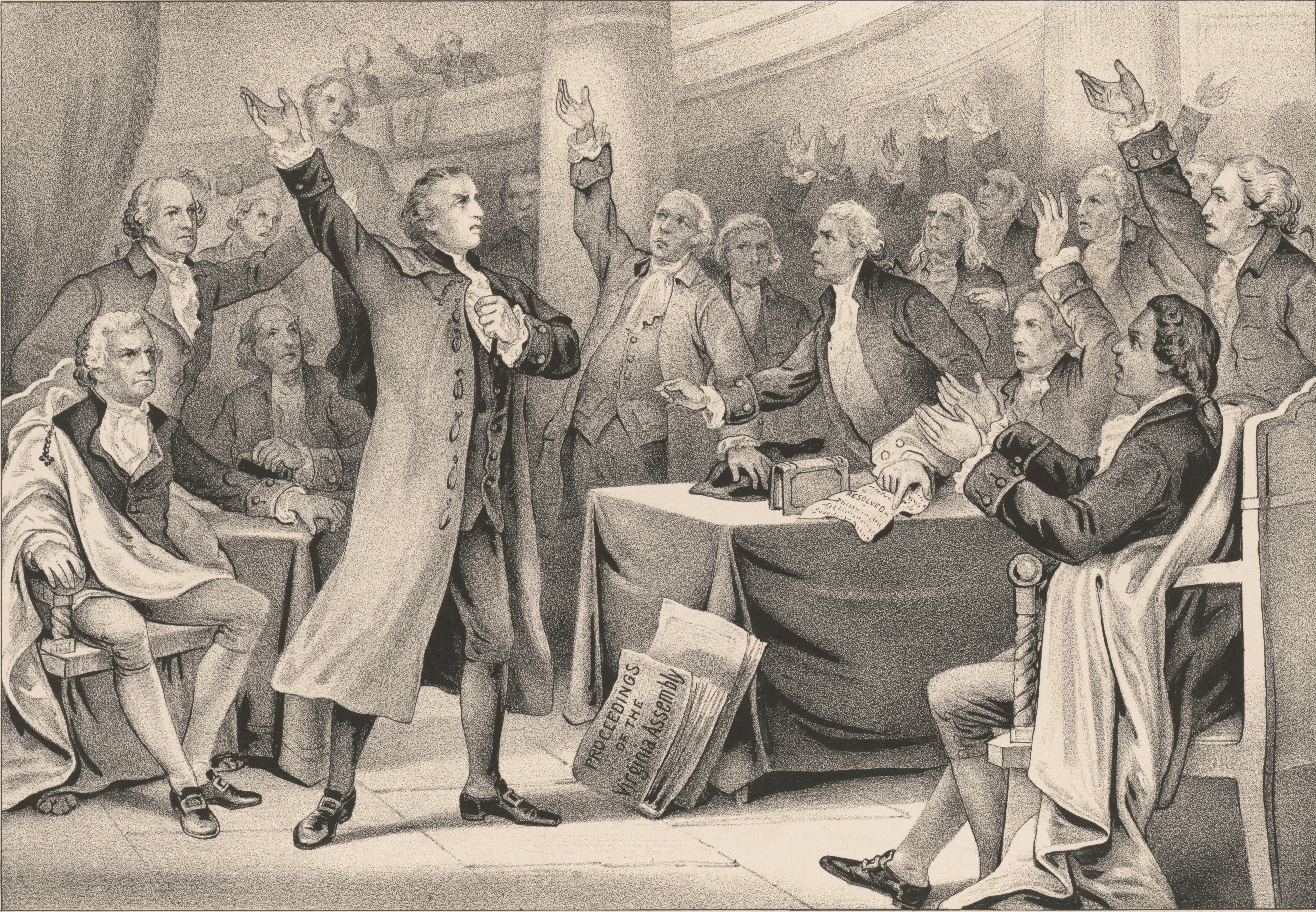Federalists and Anti-Federalists
In Summary
“The first question that offers itself is, whether the general form and aspect of the government be strictly republican. It is evident that no other form would be reconcilable with the genius of the people of America; with the fundamental principles of the Revolution; or with that honorable determination which animates every votary of freedom, to rest all our political experiments on the capacity of mankind for self-government.”
Publius
Federalist Papers, No. 39
At the close of the Constitutional Convention, some delegates were pleased with the document produced while others were not. Federalists left the Convention and advocated for the ratification of the Constitution, most notably in the Federalist Papers, which were primarily written for the people of the state of New York. Anti-Federalists were generally displeased with the Constitution and wrote a series of papers arguing against ratification. The Federalist Papers were written by Alexander Hamilton, John Jay, and James Madison using the pseudonym Publius. Anti-Federalists wrote under pseudonyms as well, though each author used a different name. While Federalists and Anti-Federalists argued from opposite perspectives, it is important to note that the papers were not necessarily written as direct responses to one another. All of the papers below were written between 1787-1788.
JMC Resources

Federalism
One reason the Articles of Confederation were considered insufficient was the lack of a strong central power to regulate interstate relations and attend to foreign affairs. The government created by the Constitution addressed those concerns. The Anti-Federalists’ feared the new form of government delegated too much power to the central government at the expense of the state governments. Federalists on the other hand insisted that a strong central government was necessary if the United States was going to succeed.
Anti-Federalist Papers
Federalist Papers

Republicanism
The Federalists and Anti-Federalists agreed that the United States should have a republican form of government. They disagreed, however, over the extent to which the government outlined in the Constitution conformed to republican principles. In these papers, Publius argues that the Constitution is directly aligned with republicanism while Brutus and Federal Farmer argue that the Constitution will create a government easily corrupted by anti-republican forces.
Anti-Federalist Papers
Federalist Papers

Three Branches of Government
The Anti-Federalists were very concerned that the structure of the federal government laid out in the Constitution would not prevent the three branches from abusing their power and threatening individual liberty. Federalists believed the built-in checks and limited enumerated powers would prevent each branch from abusing its power against the people or states and from assuming the power of another branch. The papers below take up each branch and argue the advantages or weaknesses of the branch as described in the Constitution.
Legislative
Anti-Federalist Papers
Federalist Papers
Executive
Anti-Federalist Paper
Cato IV (sometimes Anti-Federalist 67)
Federalist Papers
Judicial
Anti-Federalist Papers
Federalist Papers

The Constitution and the Republic in the Classroom
JMC Teacher Education Fellow, Dr. Danton Kostandarithes, has developed learning modules to help students understand the scale of the nation at the time of the Constitutional Convention. Federalists and Anti-Federalists had different opinions about how effective a republican form of government could be over such a large space with such diverse populations.
The first activity explains the difficult with travel in the late 1700s and asks them to consider how that might effect the practicality of a large government. The second activity pulls particular clauses from the Constitution and asks how workable they are for a large nation at that time.
Large v. Small Republics: Time and Space in Colonial America
The Constitution and Our Large Republic
Other Resources
Constitutional Debates
Center for the Study of the American Constitution
Chief Executives Compared: The Federalist Papers
NEH EDSITEment!